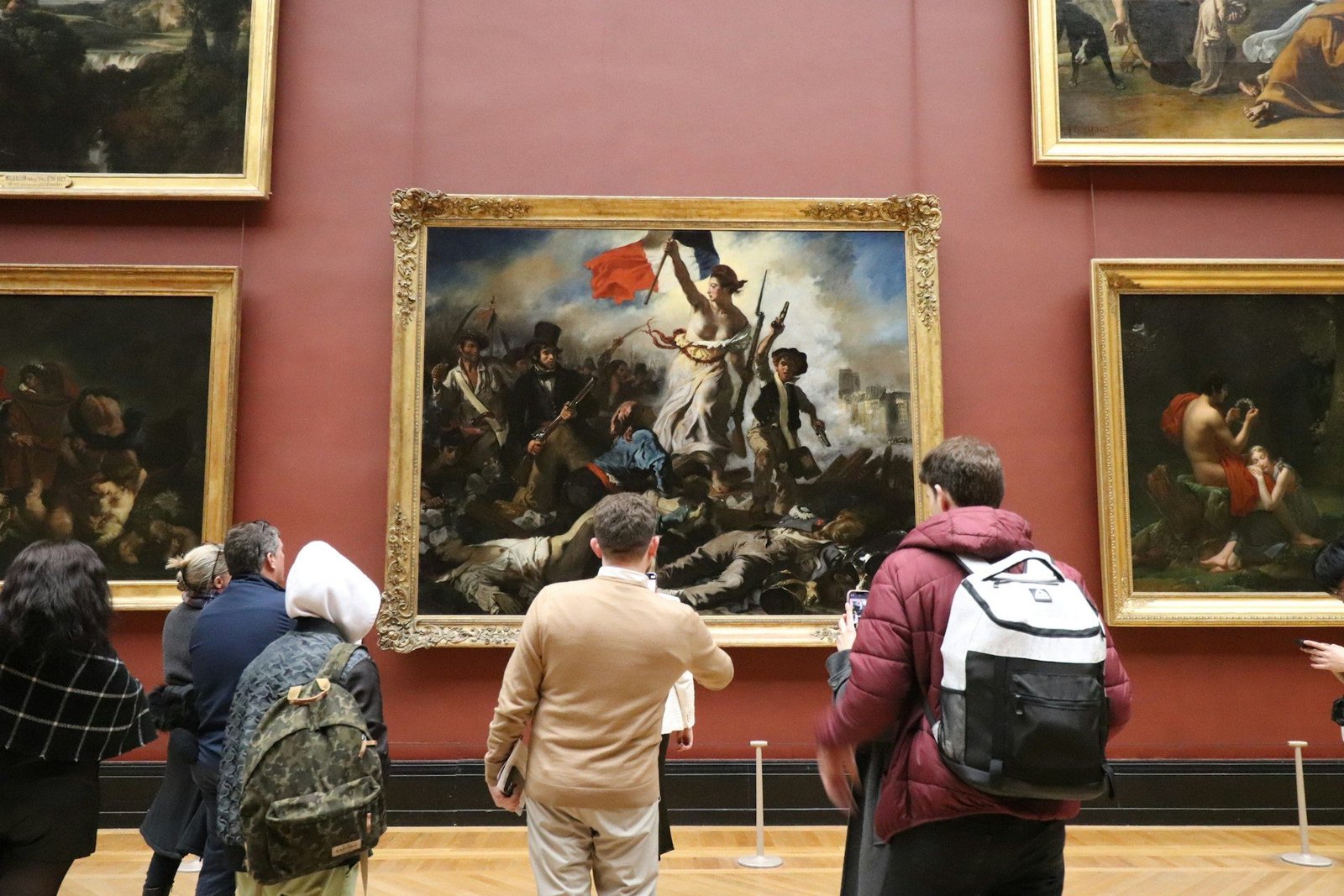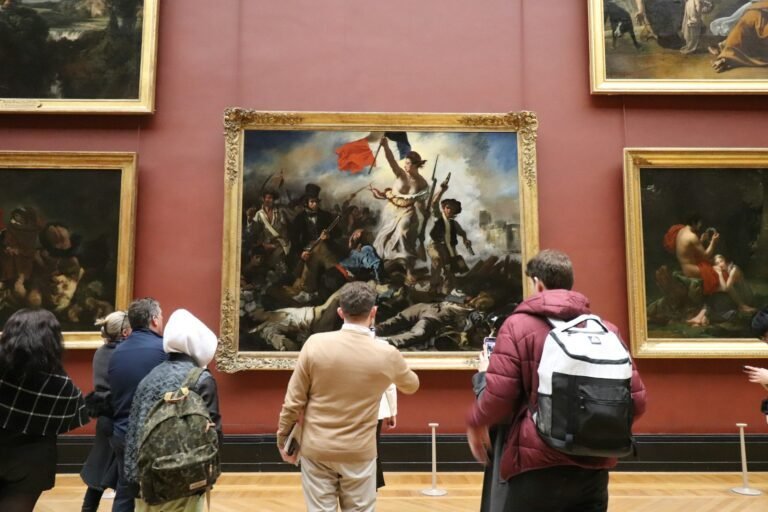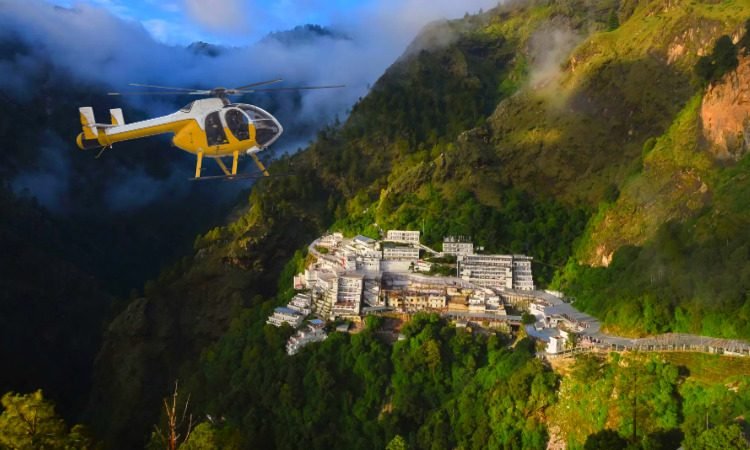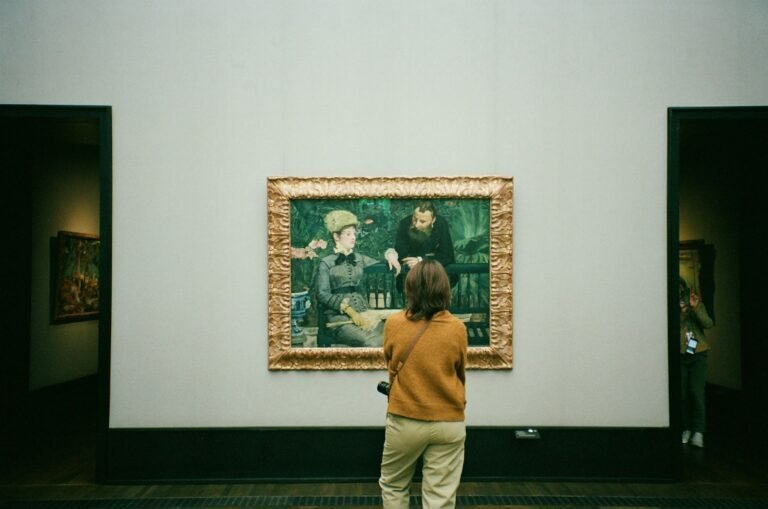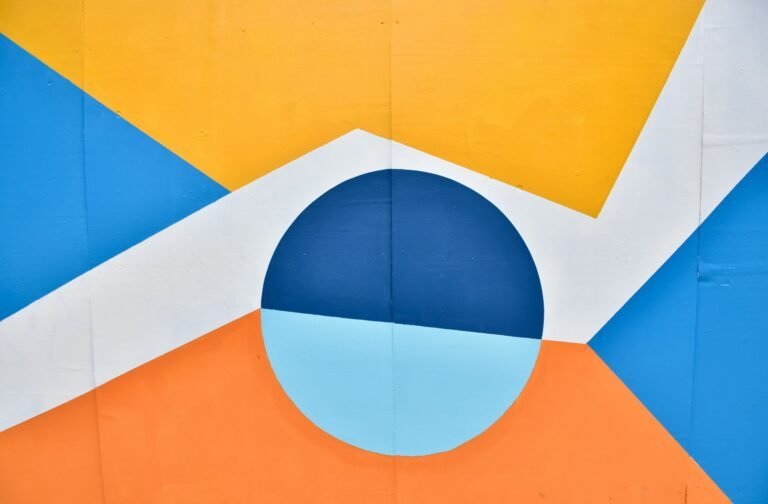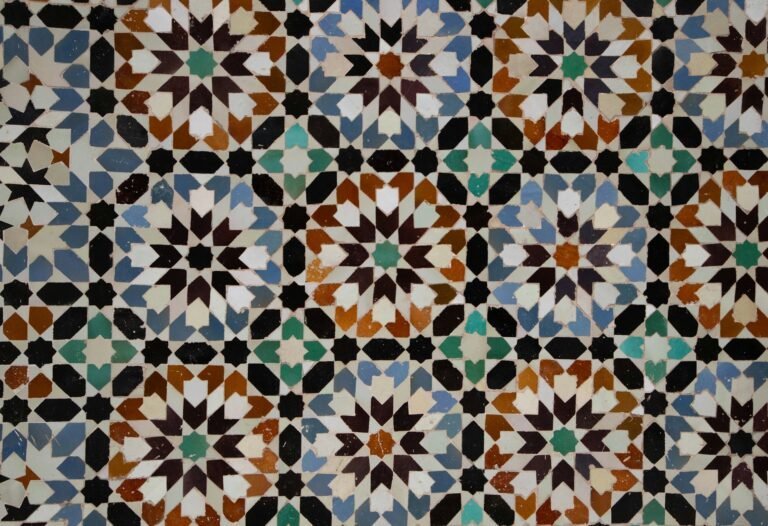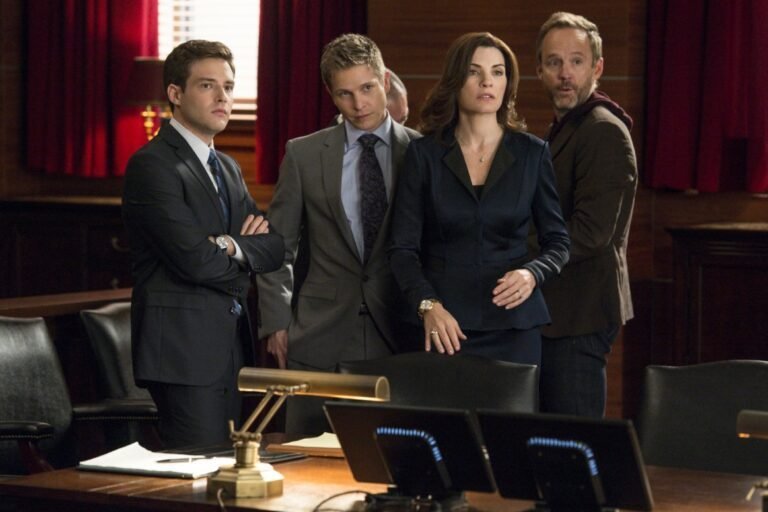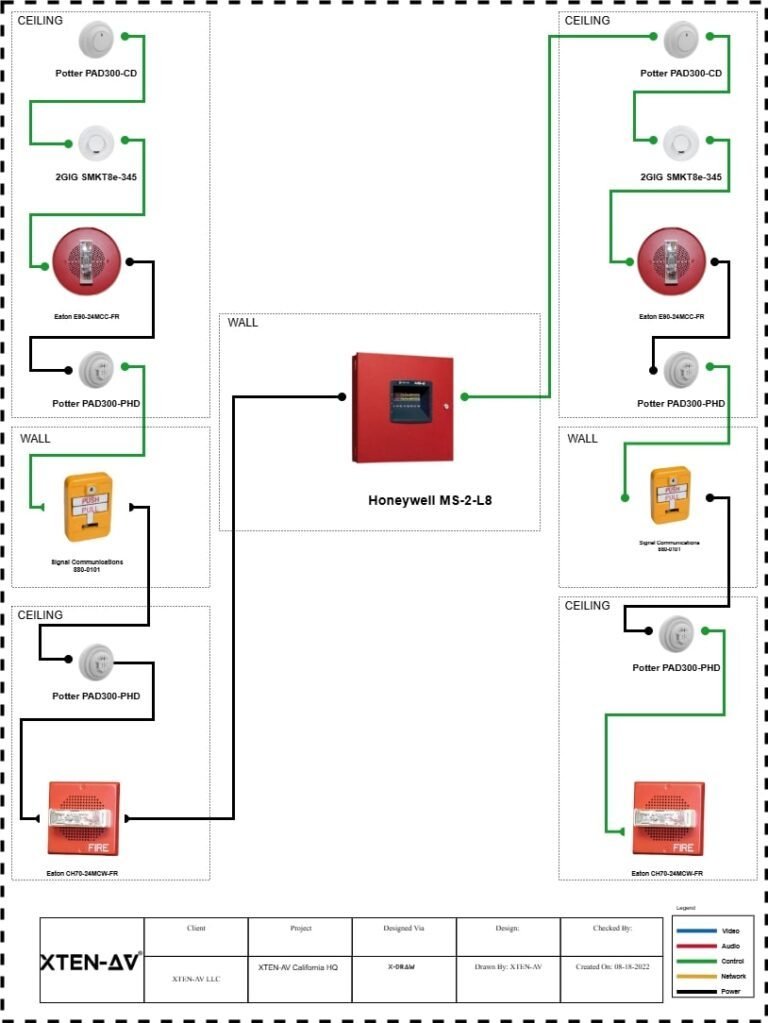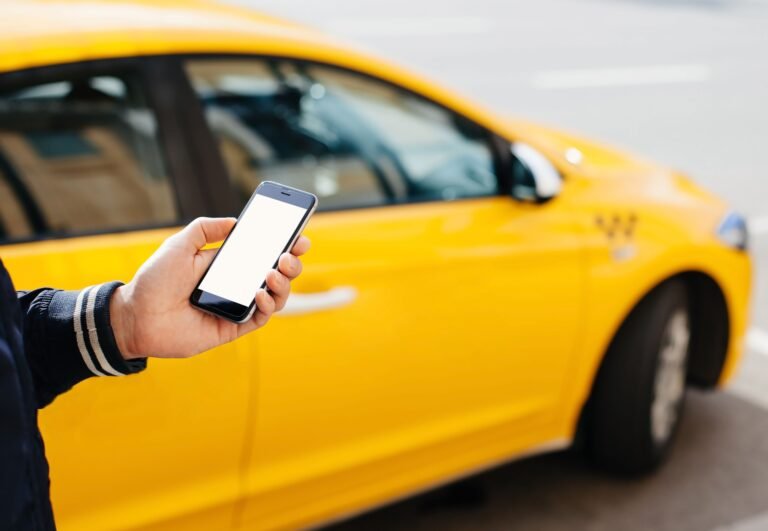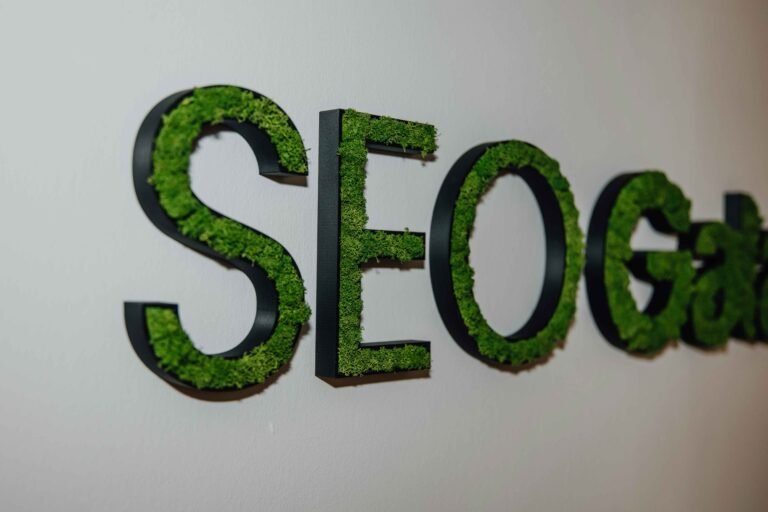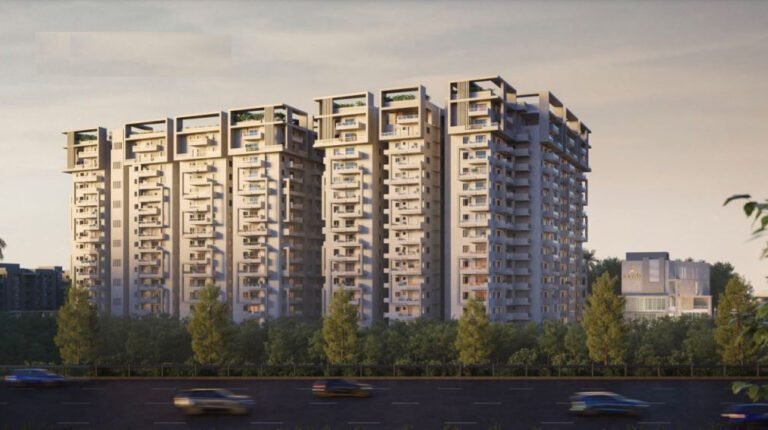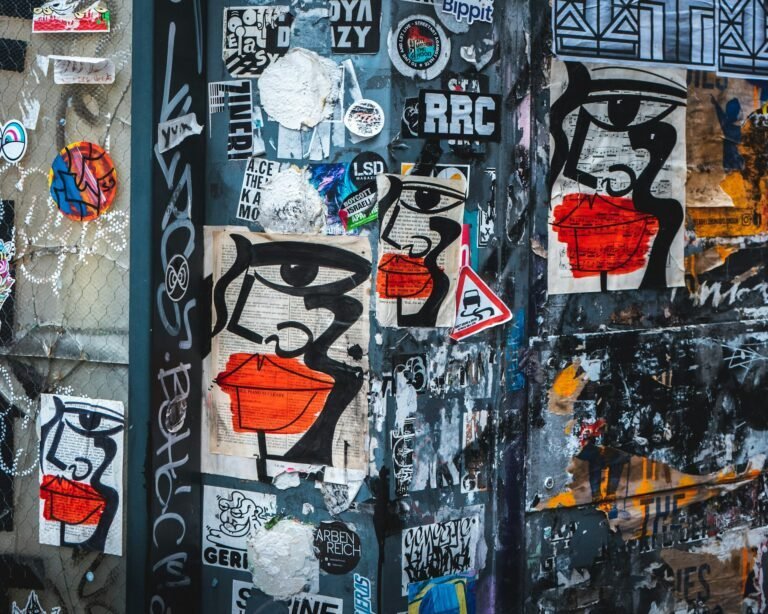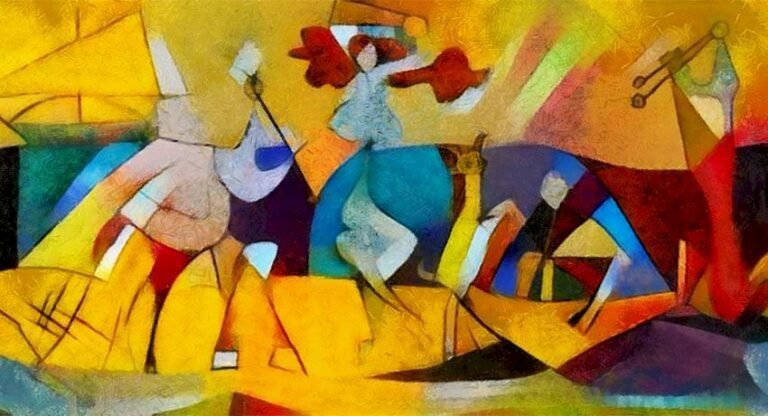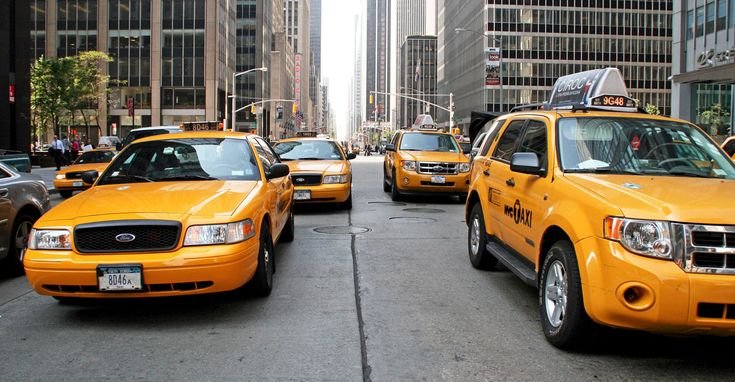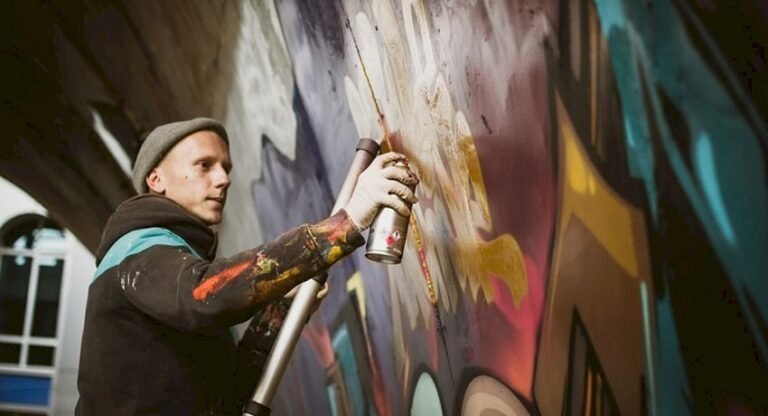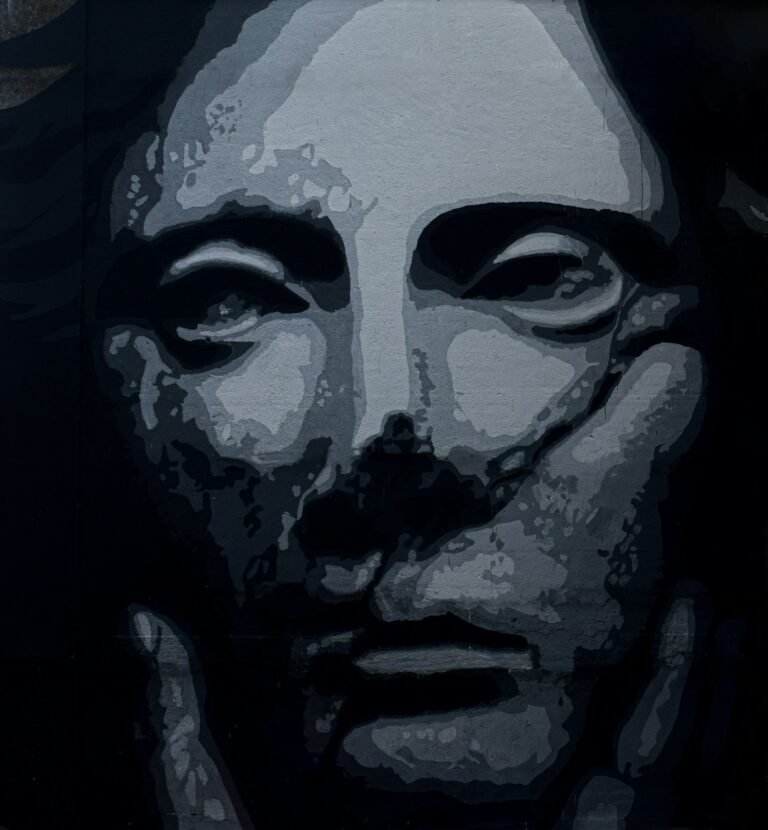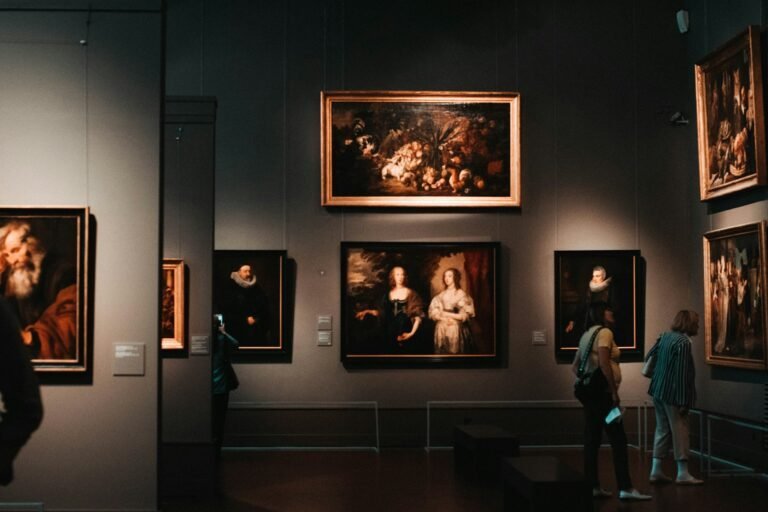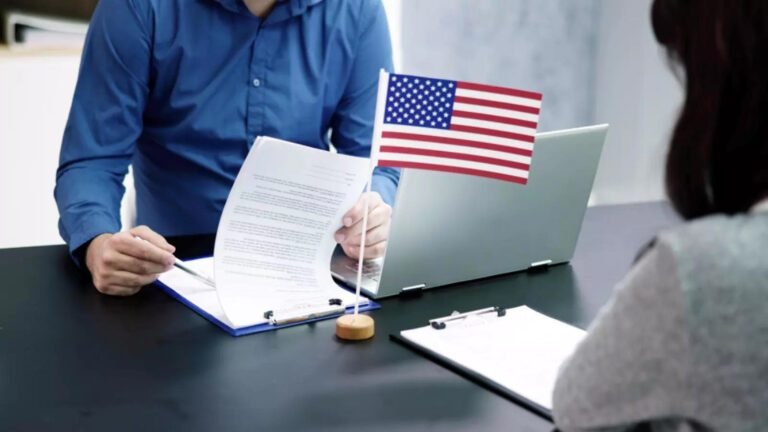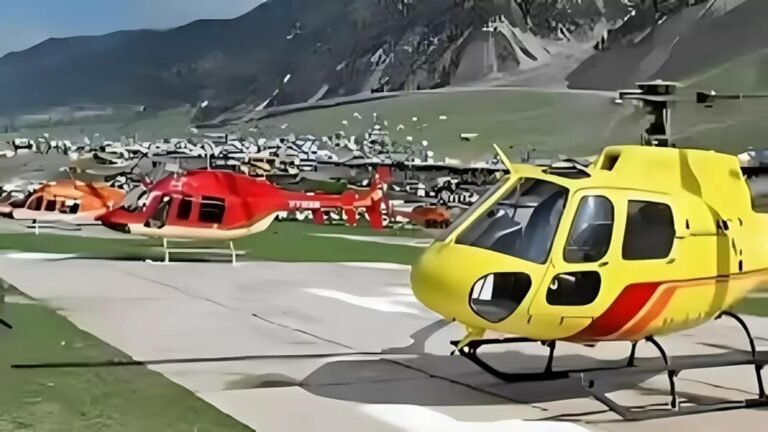Political paintings are artworks created with the deliberate intention of expressing, challenging, or reflecting political themes, ideologies, events, or power structures. They serve as a visual form of political commentary, often encapsulating complex social realities within a single frame. Unlike purely aesthetic art, political art is grounded in purposeful communication: it aims to influence public opinion, provoke thought, inspire collective action, or challenge dominant narratives. Throughout history, political painting has been an invaluable tool for activists, revolutionaries, and even ruling regimes, each using the medium to shape ideology, convey propaganda, or spark resistance. These artworks often emerge during moments of conflict, oppression, revolution, or social transformation, where they give tangible form to the struggles and aspirations of society. Whether they depict the horrors of war, critique systems of inequality, or celebrate movements toward liberation, political paintings stand as powerful reminders of the interplay between art and politics.
The roots of political painting can be traced to ancient civilizations where rulers commissioned murals and frescoes to display their military victories, divine right to rule, or societal hierarchies. These early works were less critical and more propagandistic, functioning primarily to reinforce the power of the state. In medieval and Renaissance Europe, religious and political authority merged, and art became a means of shaping the worldview of the masses. Paintings such as those found in churches or palaces subtly communicated political power through symbolism and patronage. However, the Enlightenment ushered in a shift toward individual liberty and critical thought, laying the foundation for political art as a tool of resistance rather than compliance. Artists began using their work to question monarchy, criticize exploitation, and promote democratic ideals. As societies became more literate and politically aware, art transformed from a decorative or devotional practice into a platform for civic engagement.
In the modern era, political paintings became increasingly explicit, serving as visual manifestos of political ideologies. For instance, during the 19th and early 20th centuries, revolutions and social upheavals produced a wave of politically charged artworks. Paintings like Eugène Delacroix’s Liberty Leading the People symbolized anti-authoritarian struggle and the collective fight for freedom, serving as patriotic imagery for generations. Similarly, Francisco Goya’s The Third of May 1808 portrayed the brutality of war and the victimization of ordinary citizens, marking a shift from glorifying war to exposing its human cost. During the Mexican Revolution, muralists such as Diego Rivera, José Clemente Orozco, and David Alfaro Siqueiros created large-scale public artworks that depicted the struggles of the working class, critiqued imperialism, and celebrated indigenous heritage. These political paintings were accessible to the masses and played an influential role in shaping national identity. Thus, political art became both a cultural archive and a catalyst for social consciousness.
The significance of political paintings lies not only in their message but also in their ability to communicate across boundaries of language, education, and geography. Unlike written texts, which require literacy, paintings can be understood by diverse audiences. Visual elements such as color, composition, and symbolism allow political messages to be conveyed powerfully and sometimes subtly. For example, Pablo Picasso’s Guernica is widely recognized as one of the most powerful anti-war paintings in history. Created in response to the bombing of the Basque town Guernica during the Spanish Civil War, the painting uses distorted figures, monochromatic tones, and chaotic composition to evoke terror and suffering. Its universal message transcends its historical context, becoming a timeless indictment of violence. This capacity for universal communication makes political painting an effective medium for raising awareness and influencing public sentiment, particularly during periods of oppression or censorship when direct political speech may be suppressed.
Moreover, political paintings play a crucial role in shaping collective memory. They preserve the emotional and historical essence of political moments long after the events have passed. Through visual storytelling, artists can capture the spirit of resistance, despair, hope, or anger that written documents or historical records may fail to fully convey. For example, depictions of colonial exploitation, civil rights struggles, or social injustice allow future generations to engage with past political climates and understand their continuing relevance. These artworks often become symbols of particular movements, encapsulating the aspirations and grievances of people who lived through them. They serve as cultural touchstones that help societies reflect on their history, critique their present, and envision their future. In this way, political paintings contribute to historical consciousness, making them indispensable components of social and political education.
Political paintings also function as a form of dissent. Throughout history, artists have used their work to oppose authoritarian regimes, critique social inequalities, or challenge dominant ideologies. During times of censorship or oppression, art has provided a covert means through which individuals express discontent. Take, for example, the works created under Soviet or Nazi regimes. While propaganda paintings glorified state ideologies, many artists secretly produced works that criticized these regimes’ brutality and hypocrisy. These hidden pieces became crucial acts of resistance, preserving alternative narratives and reminding future generations of the human cost of totalitarian control. In more recent times, contemporary political artists have continued this tradition by addressing issues such as racism, climate change, gender inequality, and police brutality. Their works often circulate widely via social media, giving political paintings new life as digital tools for activism.
While political paintings frequently serve as instruments of resistance, they can also play a powerful role in reinforcing political power. Governments, political parties, and influential leaders have long used art to promote specific ideologies and legitimate their authority. Propaganda paintings often idealize political leaders, romanticize national achievements, or emphasize unity and strength. For example, during the Chinese Cultural Revolution, posters and large-scale artworks depicted Chairman Mao Zedong as an almost divine figure, embodying the spirit of national progress. Similarly, fascist regimes in Europe used grandiose paintings and murals to portray power, order, and racial superiority. These works were carefully crafted to manipulate emotions, inspire loyalty, and silence dissent. The dual role of political painting—as both a weapon of resistance and a tool of oppression—highlights the medium’s extraordinary influence in shaping political consciousness.
Another dimension of the significance of political paintings lies in their ability to humanize political issues. Politics is often understood in terms of laws, policies, ideologies, and statistics, which can make social struggles feel abstract or distant. Paintings, however, bring these issues into personal, emotional focus. They depict individual suffering, joy, struggle, or resilience in ways that connect deeply with viewers. This emotional resonance fosters empathy, prompting audiences to engage more thoughtfully with political realities. For example, paintings depicting refugees, victims of violence, or marginalized groups remind society of the human faces behind political debates. By making the invisible visible, political paintings challenge viewers to confront uncomfortable truths and reconsider their assumptions. This emotional engagement is essential in generating public awareness and inspiring social action.
In addition to their emotional power, political paintings provoke intellectual engagement. They encourage critical thinking by presenting viewers with symbols, metaphors, and narratives that require interpretation. Unlike straightforward propaganda, which aims for unquestioning acceptance, many political artworks stimulate reflection and debate. They may pose questions rather than deliver answers, inviting viewers to consider multiple perspectives. This intellectual engagement helps cultivate a politically educated public, strengthening democratic participation. Artists such as Banksy, Shepard Fairey, and Ai Weiwei use visual satire, irony, and symbolism to critique political systems and encourage viewers to think critically about contemporary issues. Their works challenge audiences to question social norms, power structures, and government policies, thereby contributing to political discourse.
In contemporary society, political paintings continue to be significant due to the rise of digital media. Paintings that once existed only in galleries or public spaces can now be shared instantly across the globe. This expanded reach magnifies their political impact. Movements such as Black Lives Matter, climate activism, and feminist campaigns have frequently used artwork as powerful mobilizing tools. Artists create visually compelling pieces that circulate widely, transforming political paintings into viral symbols of resistance. This democratization of art production and distribution allows more voices to contribute to political dialogue, making political painting a more inclusive and participatory medium. Moreover, digital platforms allow marginalized artists to share their perspectives, challenging dominant cultural narratives and contributing to more pluralistic political discourse.
However, the transformation of political paintings into digital commodities raises questions about authenticity, commercialization, and the balance between aesthetics and activism. Some critics argue that political art risks losing its depth when it becomes trendy or commodified. For instance, images once created to challenge systems of power may become diluted when used in commercial marketing or mass-produced merchandise. Despite these concerns, political paintings continue to wield significant influence, often reclaiming their transformative power through community engagement, public murals, and activist collaborations. Many contemporary artists deliberately create works that cannot be easily commercialized—for example, ephemeral street art or community murals that belong to public spaces. Such works emphasize collective empowerment over market value, reinforcing the idea that political art is fundamentally about social justice rather than commercial profit.
The significance of political paintings ultimately lies in their enduring ability to reveal, challenge, and transform political realities. They operate at the intersection of aesthetics and activism, merging creativity with moral responsibility. While their styles, techniques, and contexts vary dramatically across cultures and time periods, their underlying purpose remains consistent: to make visible the invisible, to speak truth in times of silence, to inspire people toward reflection or action, and to shape the political imagination of societies. Political paintings compel us to see the world not only as it is but also as it could be. They invite us to question authority, empathize with others, and engage with pressing issues that define our collective future. Whether displayed in public squares, museums, private collections, or digital platforms, political paintings continue to challenge complacency, spark resistance, and encourage transformation.
In conclusion, political paintings hold profound significance as mirrors and shapers of society. They encapsulate the tensions, hopes, struggles, and transformations of their time through powerful visual narratives. From ancient propaganda to modern protest art, political paintings have served as tools of persuasion, resistance, documentation, and liberation. Their influence lies in their capacity to engage both emotions and intellect, transcending barriers of language and culture. As long as societies grapple with inequality, conflict, and injustice, political paintings will continue to serve as crucial vehicles for political expression. They remain essential to understanding our past, critiquing our present, and imagining a more just and equitable future.
